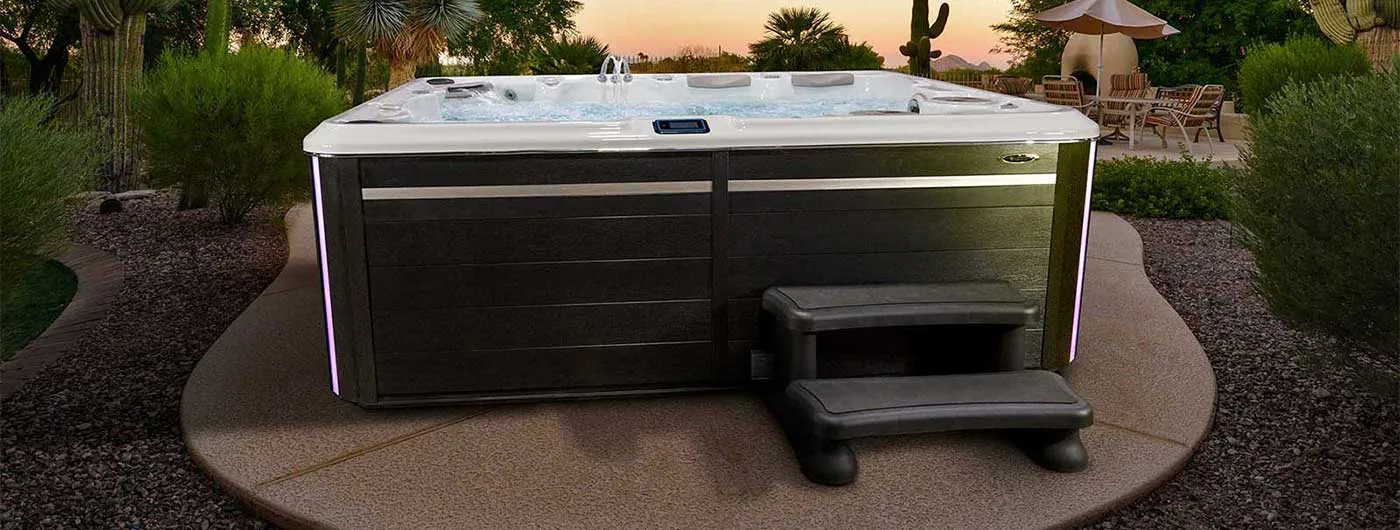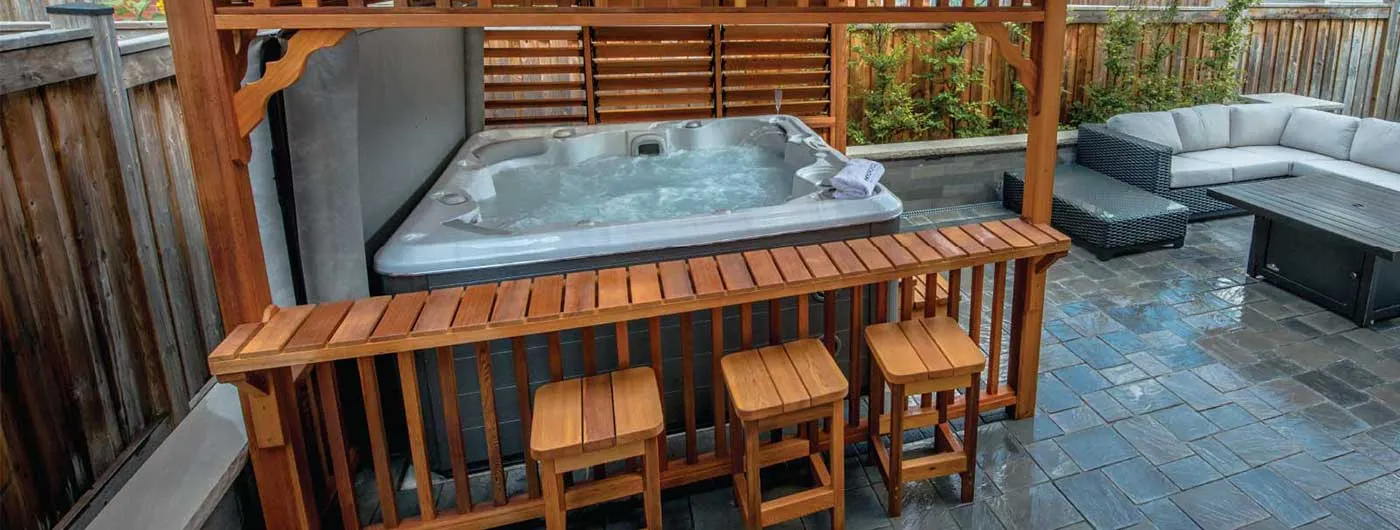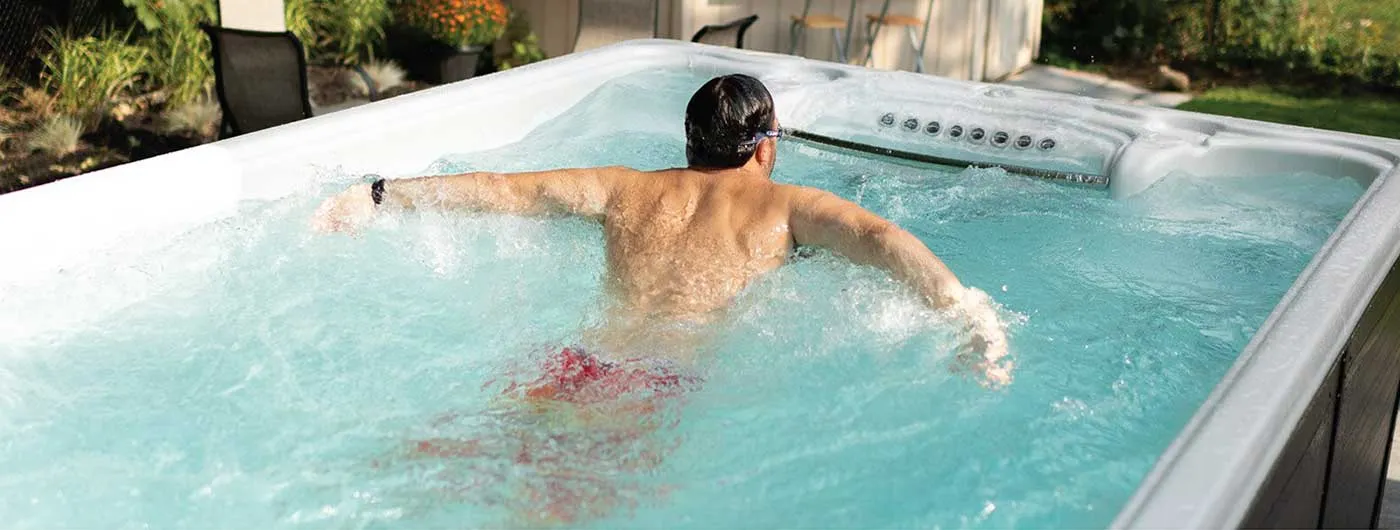Hot tubs are well known as places of recreation, relaxation, and socialization. But often, less thought is given to the health benefits of spending time in a hot tub. For centuries warm water has been used as a panacea for various ailments and health conditions. From relieving aching muscles to decreasing pressure on the joints and alleviating pain caused by disease, warm water hydrotherapy has long been known as an effective analgesic. Arthritis is one of the many health conditions that hot tubs seem to be especially effective at reducing the discomfort created. As a disease typified by inflammation of the joints, lowering the levels of inflammation appears to be a pathway to diminishing the suffering. Are hot tubs good for inflammation? We’ve put together a list to show how time spent in a hot tub can reduce tenderness and swelling.
Heat
The heat provided by hot tub water can help reduce swelling and the buildup of fluids in the body’s tissues which are characteristics of painful inflammation. This can help improve the flexibility and mobility of joints affected by arthritis while decreasing the pain experienced from moving about. For those looking for temporary relief from pain caused by inflammation of the joints and muscles, spending time soaking in a hot tub is often recommended by health professionals.
Blood Flow
Physical activity might be a tough ask for those suffering from chronic pain. But the fact is that reduced levels of physical activity lead to decreased blood circulation which lowers the body’s ability to heal itself. Increased blood flow brings more oxygen to the muscles and other parts of the body that require healing. If one can’t keep their blood flowing through regular physical activity, spending time in a hot tub is another alternative. The warm, massaging waters increase the body temperature which causes the heart to beat faster and reach more areas of the body. This allows tissues to repair themselves faster and help reduce pain.
Massage
Massage has been used throughout history to bring relief to painful body parts. Regular massage therapy can improve range of motion and mobility while decreasing pain levels. Massage helps increase blood circulation which, in turn, reduces inflammation in the muscles and joints. Modern hot tubs have benefited from improvements in water jet technology which has led to stronger flows and more precise alignment with various muscle groups and body parts. Circuit therapy seating allows the hot tub user to move from seat to seat while focusing the massage on different parts of the body. This allows those suffering from inflammatory diseases to pinpoint problem areas and focus on them.
Buoyancy
Water’s buoyant properties can decrease the effects of gravity and reduce pressure on joints affected by arthritis and other inflammatory diseases. Water can help support the weight of the body and provide temporary relief to joints burdened by the strain of compression. This can contribute to improved mobility, lower levels of swelling of the joints, and a reduction in pain. Simply spending time in the water has provided great relief to many sufferers of arthritis.
Physical Activity
Most health professionals recommend gentle physical activity to help mitigate the effects of inflammatory diseases. Regular exercise can help increase mobility and range of motion while also assisting with weight loss. And while hot tubs are often considered places of relaxation, they can also be used as a place for exercising. The water provides support for those who have problems with balance while also reducing impact and pressure on the joints.
Sleep
Proper sleep patterns help the body to heal and repair itself. For those who have trouble falling asleep, spending time in the hot tub before bedtime has been found to bring about sleep faster and lead to longer, more uninterrupted rest. Improving your sleep can lead to a reduction in inflammation and the resulting pain. To learn more about the wellness benefits of hot tubs, download our hot tub buyer’s guide.






